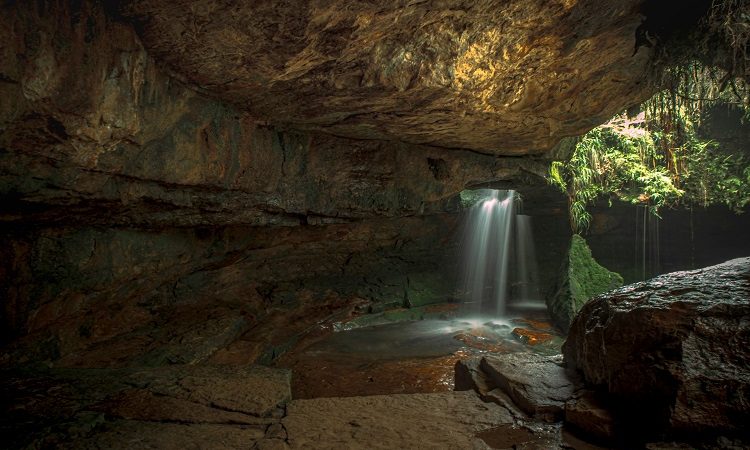America Animal References: A Fascinating Look at the Symbolism and Significance

Animals have long held a significant place in American culture, serving as symbols of strength, freedom, and national identity. From the majestic bald eagle to the tenacious bison, these creatures have become synonymous with America’s values and ideals. In this article, we will explore the rich history and symbolism behind some of the most iconic animal references in America, shedding light on their cultural significance and enduring appeal.
The Bald Eagle: A Majestic Emblem of Freedom
The bald eagle, with its striking white head and powerful wingspan, has been the national bird and emblem of the United States since 1782. This majestic creature embodies the spirit of freedom and independence that America holds dear. Its regal appearance and soaring flight have made it an enduring symbol of strength and resilience.
The choice of the bald eagle as a national symbol was not arbitrary. Found exclusively in North America, the bird’s presence on the Great Seal of the United States represents the country’s unique heritage. The eagle’s sharp eyesight symbolizes clarity of vision, while its strong beak and talons represent the ability to protect and defend.
Despite its revered status, the bald eagle faced a decline in population due to habitat loss and pesticide use in the mid-20th century. However, through conservation efforts and legal protections, including the Bald and Golden Eagle Protection Act, their numbers have rebounded. Today, spotting a bald eagle soaring through the sky is a testament to the success of these conservation efforts and a reminder of America’s commitment to preserving its natural treasures.
The Bison: A Symbol of Resilience and Conservation
The American bison, often referred to as the buffalo, holds a special place in American history and culture. These massive creatures once roamed the vast plains of North America in immense herds, sustaining Native American tribes and shaping the land. The bison’s strength, endurance, and adaptability have made it a symbol of resilience and conservation.
During the 19th century, the bison population faced a catastrophic decline due to overhunting and habitat destruction. By the late 1800s, their numbers had dwindled to a mere few hundred. Recognizing the importance of preserving this iconic species, efforts were made to protect and restore their populations. Today, national parks and reserves serve as sanctuaries for these magnificent animals, allowing them to thrive once again.
The bison’s significance extends beyond its ecological role. It represents the spirit of the American West and the pioneering spirit of the early settlers. Its image adorns state flags, coins, and official seals, reminding Americans of their connection to the land and the need to protect its natural wonders.
The American Alligator: A Living Fossil
The American alligator, found primarily in the southeastern United States, is one of the oldest living reptiles on Earth. With its armored body, powerful jaws, and ancient lineage, this creature has become an enduring symbol of the American South.
The alligator’s presence in American culture can be traced back to Native American tribes who revered it as a powerful and sacred animal. In modern times, it has become an icon of the southern states, representing their unique wildlife and natural heritage.
Despite being feared by some, alligators play a vital role in maintaining the ecological balance of wetland ecosystems. Their presence indicates a healthy ecosystem and serves as a reminder of the importance of preserving these habitats.
The American Mustang: A Symbol of Freedom and Wild Spirit
The American mustang, descended from horses brought by Spanish explorers, embodies the untamed spirit of the American West. These wild horses roam freely across vast stretches of public lands, representing freedom, independence, and the pioneering spirit.
Mustangs have become a symbol of the American frontier, evoking images of cowboys and wide-open spaces. Their strength, agility, and endurance have made them highly sought after for various equestrian disciplines.
However, the wild mustang population faces numerous challenges, including habitat loss, overgrazing, and conflicts with livestock. Efforts are underway to protect and manage these iconic animals, ensuring their survival for future generations to appreciate.
Conclusion:
Animals hold a special place in American culture, serving as powerful symbols of national identity, freedom, and resilience. From the soaring bald eagle to the roaming bison, these creatures embody the values and ideals that define America. Their presence in American folklore, art, and everyday life is a testament to their enduring appeal and the deep connection Americans have with the natural world. By understanding and appreciating these animal references, we gain a deeper insight into the rich tapestry of American culture and its relationship with the land.





